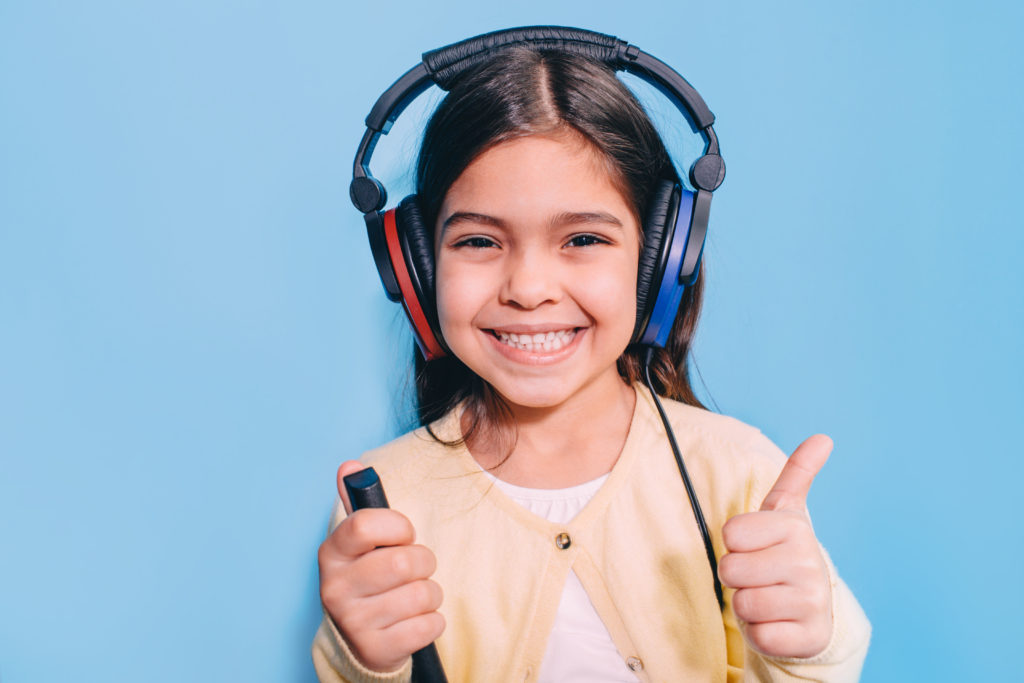Autism Spectrum Disorder
Marwa Helmy
Research & Content Creator @ VRapeuticnote
You can check out the Original Article here, on Yuram's website.

The WHO estimates that one in 160 children have an autism spectrum disorder (ASD). In 2020, the CDC reported that one in 54 children in the US is diagnosed with an autism spectrum disorder (according to 2016 data). Moreover, one in 34 boys was identified with autism, while one in 144 girls are identified with autism.



